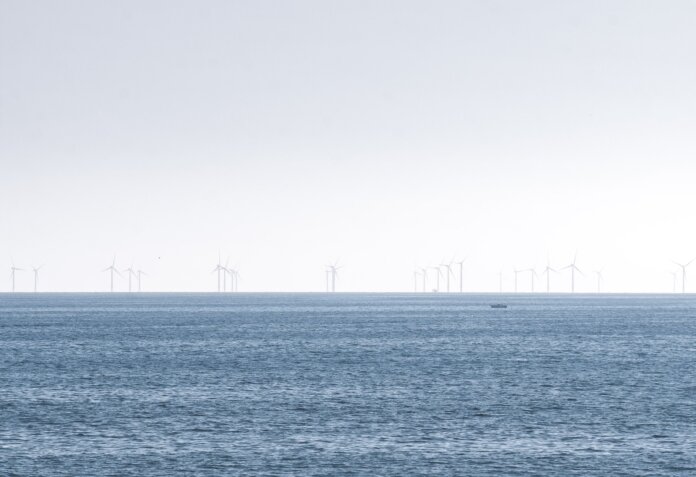LS Power Grid, an electric transmission company, has presented its plans to bring power generated from New Jersey offshore wind farms into the state’s onshore electrical grid.
Responding to the state’s request for proposals on this initiative, the company’s plans – which are at least $1 billion less expensive than competing proposals – were shared publicly at a meeting hosted by the New Jersey Board of Public Utilities (NJBPU).
“How we transport energy is just as important as how we generate it,” says Lawrence Willick, executive vice president of LS Power, parent of LS Power Grid. “As such, we’re pleased to present our proposals, which offer the best value, quality and technology to support New Jersey’s ambitious clean energy goals, while protecting the environment, adding essential resiliency and reliability to the state’s aging energy infrastructure, and providing essential benefits to the state’s economy, local labor and our local communities.”
LS Power Grid’s proposals, which the company collectively calls Clean Energy Gateway, include multiple alternatives and options designed to integrate offshore wind power into the state’s electrical grid. The company’s proposals use alternating current (AC) technology and extend the AC grid into the Atlantic, which will integrate offshore wind power in the most economic manner, while enhancing the resiliency and reliability of the state’s aging energy infrastructure.
The plans route subsea cables through consolidated corridors to minimize ocean environmental impact, and route on-land cables through existing corridors and rights-of-way to minimize impact on communities. They utilize an existing shoreline landing point, where other subsea cables are already buried, and utilize advanced horizontal directional drilling technology that will place cables at least 25 feet below the shoreline, protecting New Jersey beaches.
“Based on our reviews, we estimate that the costs associated with our proposals are between 20 and 50 percent less than competing proposals, which will amount to at least $1 billion in savings to the state, if not more,” states Paul Thessen, president of LS Power Grid. “Our approach of extending the AC grid to near the shore and into the ocean will allow New Jersey to take advantage of its proximity to designated offshore wind areas and avoid costly direct current (DC) connections. Those new DC connections and terminals, as recommended in competing proposals, will require billions of additional dollars in expenses, which are simply not necessary.”
The New Jersey Offshore Wind Economic Development Act of 2010 mandated that a percentage of electrical power sold in the state be generated by offshore wind. In recent years, New Jersey has established ambitious clean energy goals that call for securing 50% of the state’s energy from renewable sources by 2030, and 100% by 2050. The state’s plans include an offshore wind generation goal of 7,500 MW of electricity – enough to power millions of homes across the state – by 2035.
Thus far, the state has awarded a combined 3,700 MW of offshore wind capacity to private sector companies that will build up to four offshore wind projects off the coast of Atlantic City. The NJBPU is now evaluating proposals focused on how best to coordinate and connect all offshore wind projects into the onshore electrical grid. The evaluation is being done in coordination with PJM Interconnection LLC, which coordinates the movement of wholesale electricity in all or parts of 13 states, including New Jersey.
As the NJBPU and PJM Interconnection evaluate proposals for the coordinated transmission of offshore power from wind turbines in the ocean to the shoreline and then into the onshore electrical grid, multiple factors will be taken into consideration – including but not limited to cost and cost containment of proposed plans; technical aspects to ensure reliability and resiliency in power transmission and systems, and how plans enhance the existing electric grid and energy infrastructure; environmental and ocean impacts; recommended landing points for subsea cables; and proposed routes for cables to connection points into the electrical grid.
LS Power Grid is partnering with New Jersey-based infrastructure contractor J. Fletcher Creamer & Sons Inc., as well as local labor unions, on the Clean Energy Gateway effort.
Photo by Theodor Vasile on Unsplash




